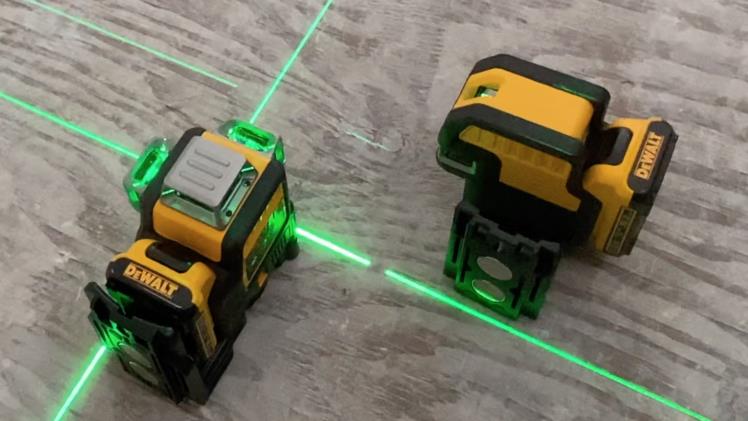Laser marking is influenced by factors such as the type of material, quality of mark, and speed. Despite the fact that CO2 and solid-state continuous-wave lasers are generally used for Laser marker metal, they aren’t commonly used for marking solid-state materials. Hence, this article focuses on pulsed lasers. Different technologies are available when it comes to choosing a pulsed laser. The pros and cons of each of these types are different, such as NdYAG, NdYVO4 (vanadate), and fibre lasers.
Additionally, the wavelength of the laser chosen must match that of the material being marked. Ferrous and non-ferrous metals, and precious metals at 355 and 532 nm, absorb strongly at 1064 nm. Plastics are also highly absorbent at higher wavelengths.
Laser-based technology
Nd:YAG lasers have been industry workhorses for more than 25 years. These lasers were originally lamp-pumped, but now most are diode-pumped. Diode-based systems are robust and have a high mean time before failure (MTBF). Diodes are expected to last more than 35,000 hours before failure, according to the manufacturers. Due to the Nd:YAG laser’s beam quality, it produces a small spot size.
Vanadate lasers emit light at wavelengths of 1064 nm (green), 532 nm (blue), and 355 nm (green). A Vanadate laser’s pulse-to-pulse stability makes it ideal for ablation marking and HAZ applications, in addition to diode-pumped operation. In the automotive industry, vanadate lasers are used for day/night marking. A top coating is removed in order to expose a lower surface for backlighting at night without destroying it.
About six years ago, fiber lasers were introduced into the marking world, and they have since been discussed in virtually every marking opportunity.
The fibre laser cannot deliver the same peak power as Nd:YAG or vanadate lasers due to its poor beam quality. Due to their longer pulse width and larger spot size, fibre lasers can anneal stainless steel by creating more heat within the part, thereby drawing carbon to the surface. Few fibre-laser manufacturers allow their laser sources to be integrated into marking systems by third parties.
Operating costs and consumables for all three laser technologies are almost the same, so an end user can choose the most cost-effective laser technology without having to compromise. The power of solid-state lasers degrades over time, but by calibrating the system, the laser can maintain its power as if it were in pristine condition when it left the factory. The same speed and quality will be available as it was when the lasers were delivered.
The laser marking beam
The quality of lasers is specified by each manufacturer in terms of M2 value. Gaussian beams provide the smallest spots possible for the wavelengths and optics used due to their M2 of 1. An Nd:YAG laser marking system has an M2 of 1.2, while a vanadate laser marking system has an M2. In a fibre-based laser marking system, the M2 is 1.7, so the spot size is larger and the power density is lower. Due to a better beam quality, smaller linewidths, sharper contours, and faster engraving (due to a high power density) are achieved. The depth of focus of a laser with good beam quality will also be greater than that of one with poor beam quality. If the depth of focus is changed, a laser with an M2 of 1.2, for example, will leave a more crisp mark on a curved surface than a fibre laser with a higher M2.
Rate of repetition of a pulse
The peak power of YAG lasers and vanadate lasers, as well as the pulse repetition frequency range, differ considerably from fibre lasers. Changing the pulse duration of a fibre system configured as a master oscillator fibre power amplifier (MOFPA) directly affects the pulse repetition rates available for laser marking.
The applications
Plastics are usually marked with lasers by engraving, annealing, ablation, and changing their colors. Choosing the right laser for laser marking is crucial for optimum results. In both day and night design applications, vanadate lasers are effective ablators due to their short pulses and pulse-to-pulse stability. Pad-printed plastic base material can be removed without damaging the painted top surface. Ablation is also commonly used to mark anodized aluminium, which is among the most forgiving materials.

